Oil paints are fascinating and sometimes frustrating beasts, each with its own personality. When choosing a color to add to a palette for a painting, we have to consider value, hue, saturation, and transparency. Depending on the brand, we can also delve into the particulars of viscosity and granularity, and on top of that there’s lightfastness and toxicity to consider. And price – some individual tubes of paint cost many times the price of others. I vividly remember the sting of a tube of Cobalt Blue Turquoise Light on my student budget, and the subsequent stinginess with which I’d squeeze out the tiniest dot of it onto my palette…
Why is every pigment so radically different from the next? Because they’re made from different things. Some are as simple as dirt from the ground. Others are recent inventions and require complex chemical processes.
In The Secret Lives of Color, cultural historian Kassia St. Clair goes deep into the history of individual colors, covering both their chemical histories and their cultural impact and meanings. Each color gets a short section of a few pages, sorted into chapters by hue. The colors documented are printed on the edges of the pages, making it easy to find the section you were in, not to mention making for a pretty book.
She clearly loves her subject, for instance recounting with relish the court intrigue behind the name of “puce” (it comes from France’s King Louis XVI attempting to shame his wife Marie Antoinette’s latest costly dress by calling it the color of fleas).
Each hue has an introduction, which is then subdivided by specific colors. The individual color’s section might focus more or less on the discovery and manufacture of a particular pigment; some, like “Rosso corsa” don’t mention its source and instead go into something like how the color became Italy’s national racing color. “Absinthe” is entirely about the history of the alcoholic beverage.
As a reference book, there are certainly more dedicated titles. But I’ve been enjoying this book’s light and entertaining tone, and its short sections make for really nice reading waiting for appointments, not knowing how long I’ll have before being called up for my dental cleaning or what have you.
Plus, as curious as I am about when magenta was invented and how it’s made, a book on only its chemical makeup or qualities as a paint would make for very dry reading. The Secret Lives of Color is more of a general trivia book, which is much more my speed. If you want to know what color was so expensive that rich patrons would hold onto it rather than risk the commissioned artist spilling a drop, or what color may have killed Napoleon Bonaparte, this is your book.


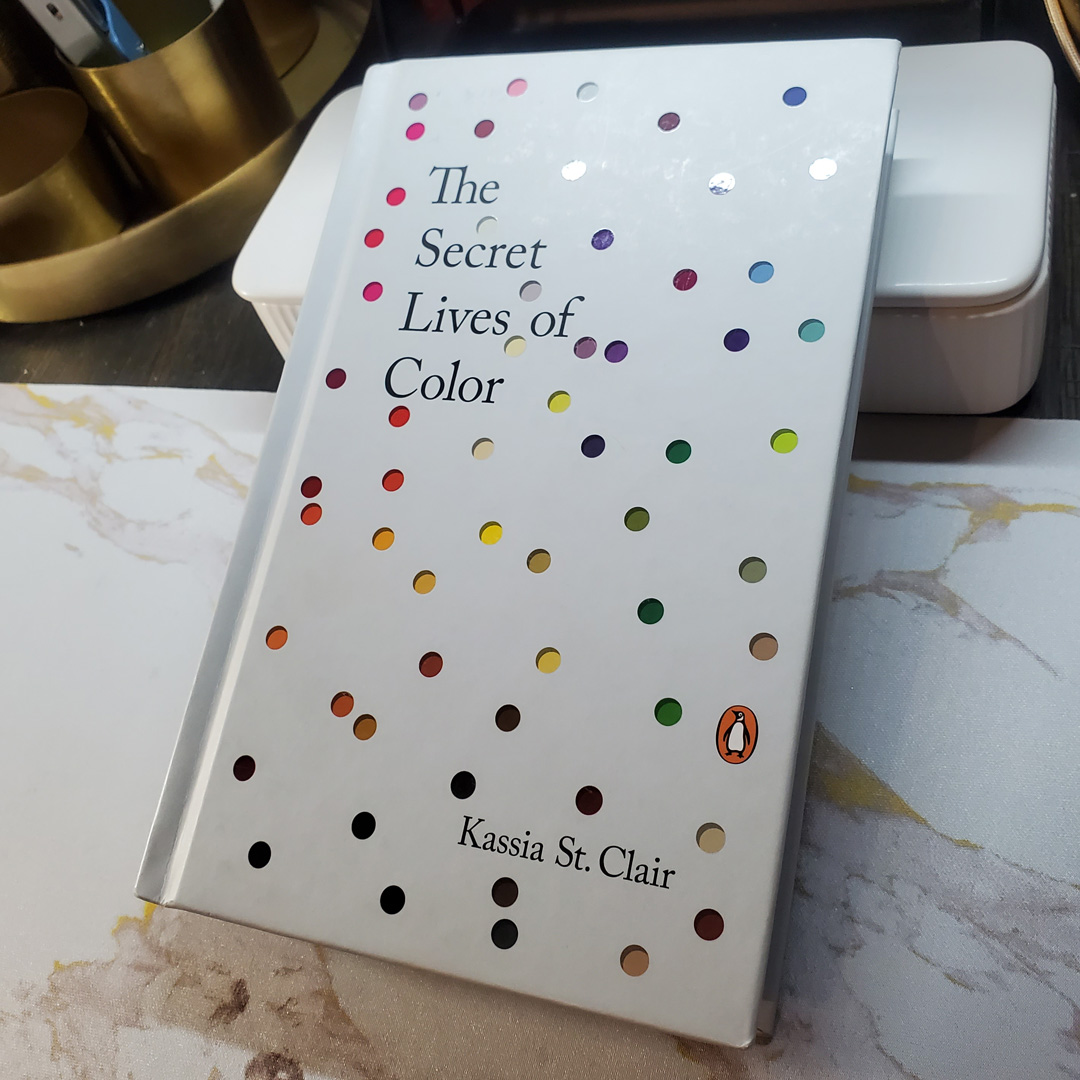
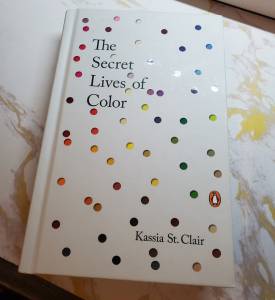
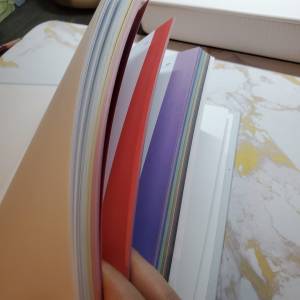
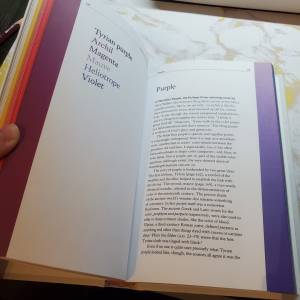


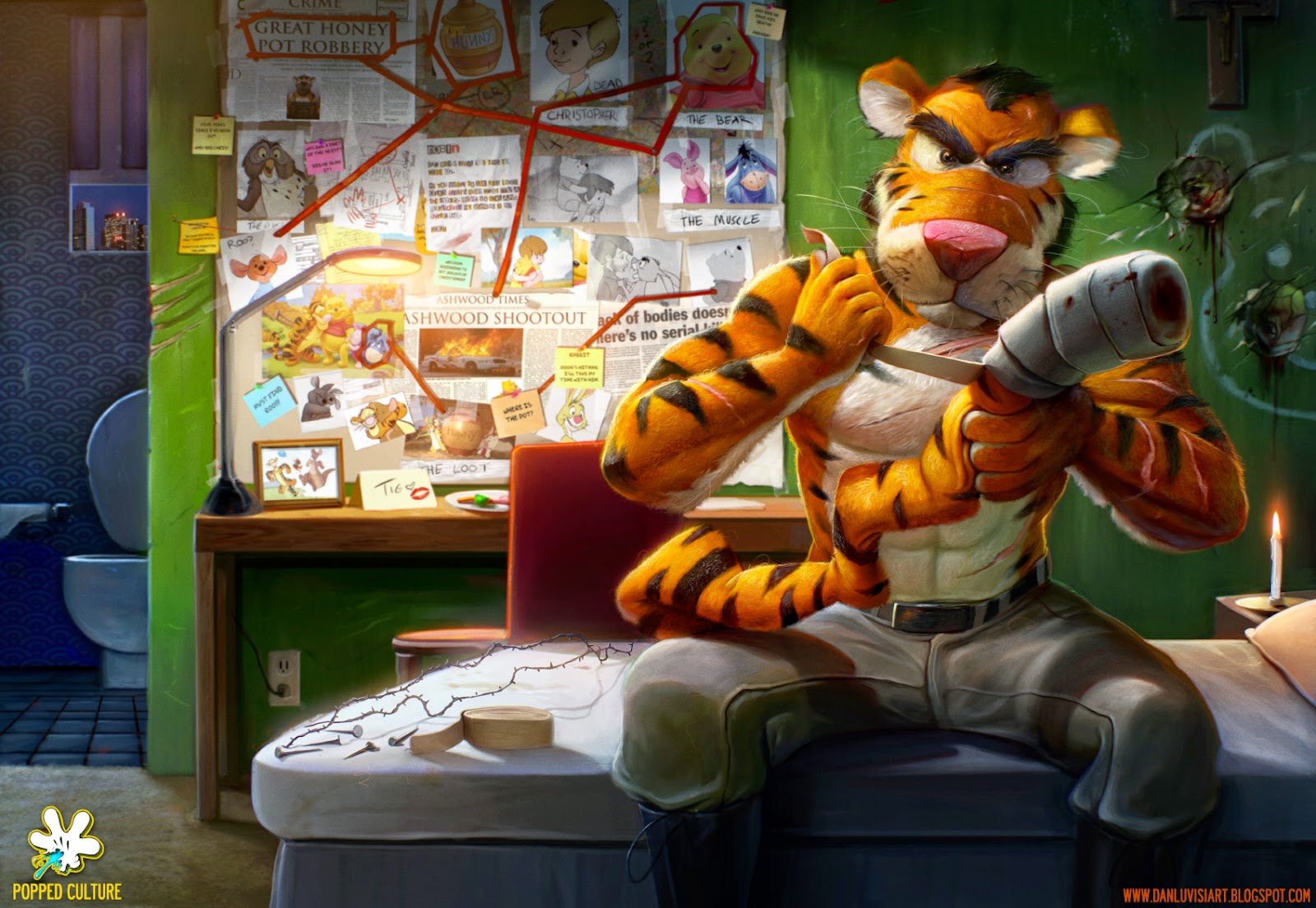


I love this book! We have “milk and cookies” nights sometimes with friends where we pick things to read aloud. A chapter from this book is always a winner.
That sounds so fun!
Thank you very much dear teacher for this nice sharing.